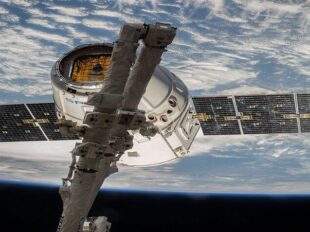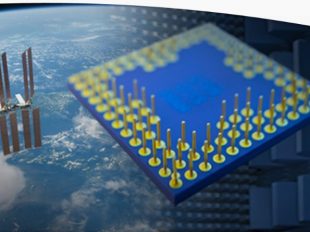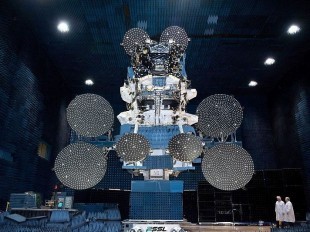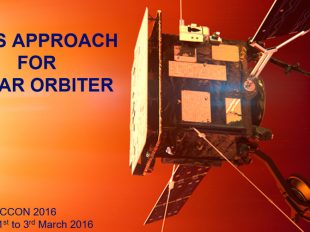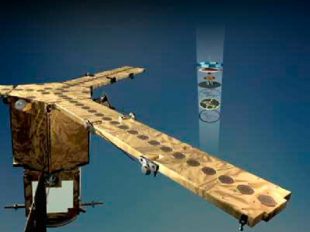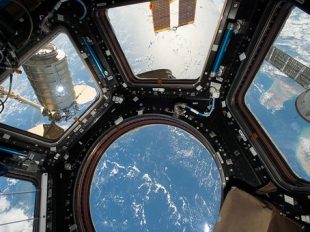Optical transceivers employ fiber optic technology to convert electrical signals into light signals. Doing so can transmit the information in the optical fiber, traveling at very high speeds and long distances. A transceiver includes two parts: a transmitter, and a receiver...
Tag - COTS EEE
The term “COTS” for our company refers to commercial EEE Parts, including plastic encapsulated active ones.
For COTS, the main idea is:
– Risk Management: It is the Project responsibility to manage
the risk. The risk cannot be zeroed, even by most stringent measures.
– Process Control: The Process builds reliability into the part.
– Production Level: High volume results in reliability.
Quality versus reliability
Quality and reliability are two different terms to be understood:
Quality is the conformance to requirements at the start of use.
Reliability is the probability of parts to meet the relevant specification over the time, under the worst operational conditions. Reliability is quality changing over time.
In other words, quality is a snapshot at the start of the life and reliability is a motion picture over the life.
The COTS manufacturer, freed from the MIL-SPEC restrictions, can continuously monitor the process and continuously improve it.
The term “high-reliability” or “hi-rel” is used exclusively for space/military ones. It is wrong to conclude that by definition all COTS are non hi-rel parts.

